That Obscure Object of Desire
9 /10 1 Votes
100% Rotten Tomatoes 84% Metacritic Genre Comedy, Drama, Romance Duration Country FranceSpain | 8/10 IMDb 4/4 Roger Ebert Director Luis Bunuel Music director Richard Wagner | |||||||||||||||||||||||||||||||||
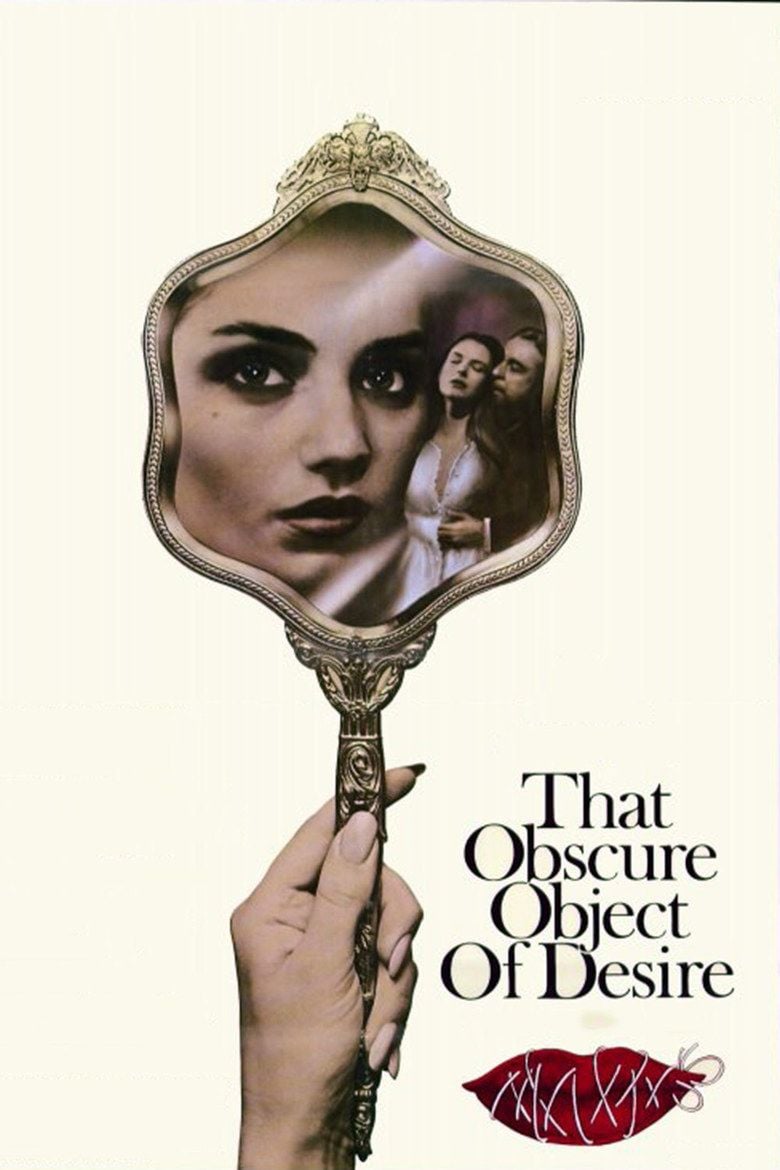 | ||||||||||||||||||||||||||||||||||
Writer Luis Bunuel , Jean-Claude Carriere , Pierre Louys , novel Release date 17 August 1977 (1977-08-17) Initial DVD release November 20, 2001 (France) Cast (Conchita I), Ángela Molina (Conchita II), (Mathieu Faber), (Mutter (Zug)), (Richter (Zug)), André Weber (Martin)Similar movies The Party 2 , Killing Zoe , Russian Dolls , 2 Days In Paris , Pierrot le Fou , The Mad Adventures of Rabbi Jacob | ||||||||||||||||||||||||||||||||||
That obscure object of desire trailer
That Obscure Object of Desire (French: Cet obscur objet du désir; Spanish: Ese oscuro objeto del deseo), a French and Spanish co-production released in 1977, was the final film directed by Luis Buñuel. Set in Spain and France against the backdrop of a terrorist insurgency, the film conveys the story told through a series of flashbacks by an aging Frenchman, Mathieu, played by Fernando Rey, who recounts falling in love with a beautiful young Spanish woman, Conchita, played interchangeably by two actresses, Carole Bouquet and Angela Molina, that repeatedly frustrates his romantic and sexual desires.
Contents
- That obscure object of desire trailer
- That obscure object of desire track 7
- History
- Plot
- Casting
- Responses
- References

In recent years, the film has been highly acclaimed by critics.
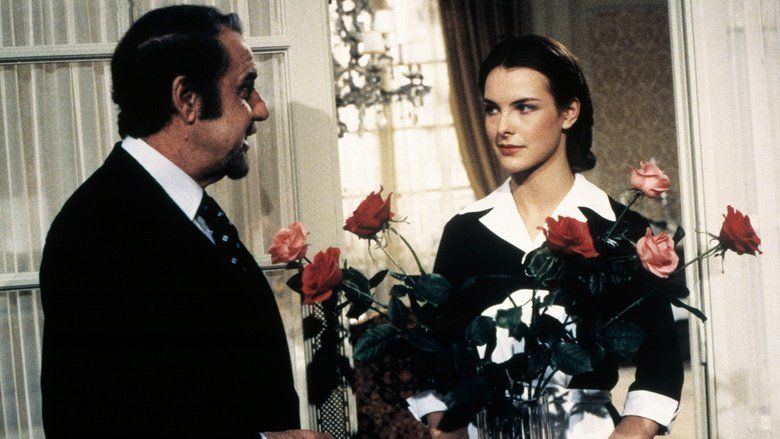
That obscure object of desire track 7
History
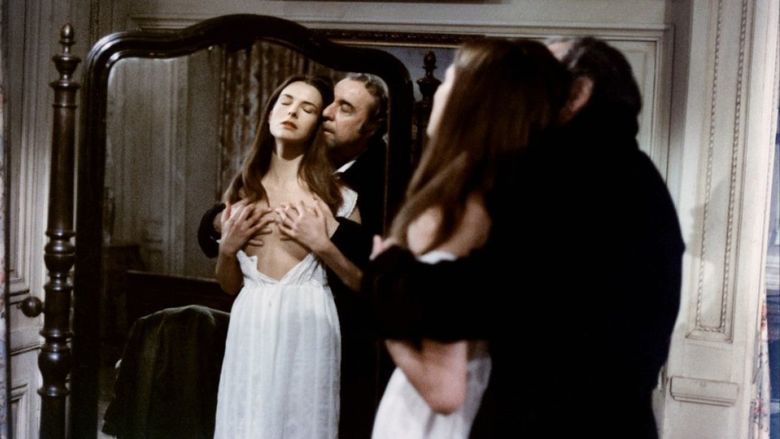
That Obscure Object of Desire was adapted from the novel La Femme et le pantin (The Woman and the Puppet) by Pierre Louÿs, published in 1898. The novel had previously been adapted to film in 1920 by Frank Lloyd as The Woman and the Puppet, in 1928 by Jacques de Baroncelli with Conchita Montenegro, in 1935 by Josef von Sternberg as The Devil Is a Woman with Marlene Dietrich, and in 1959 by Julien Duvivier as The Female in English release (having the same title as the novel in its French release) with Brigitte Bardot.
Plot
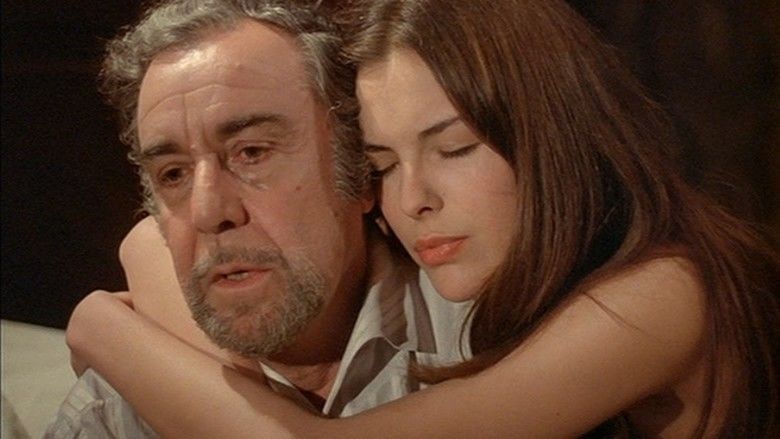
A dysfunctional and sometimes violent romance happens between Mathieu (Fernando Rey), a middle-aged, wealthy Frenchman, and a young, impoverished, and beautiful flamenco dancer from Seville, Conchita, played by Carole Bouquet and Angela Molina. The two actresses each appear unpredictably in separate scenes, and differ not only physically, but temperamentally as well.
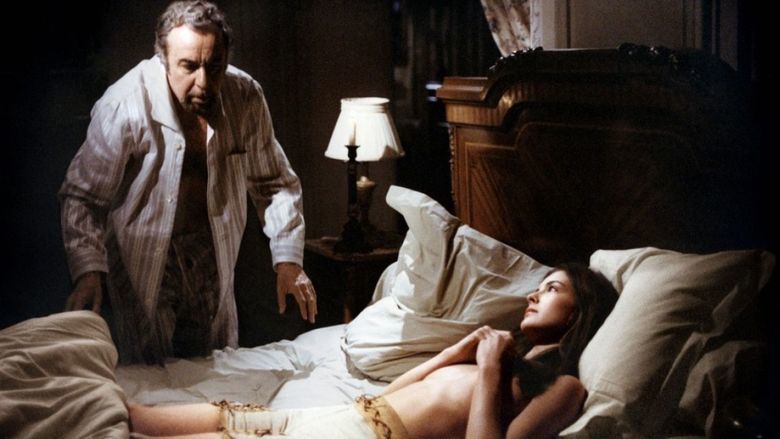
Most of the film is a "flashback", recalled by Mathieu. The movie opens with Mathieu travelling by train from Seville to Paris. He is trying to distance himself from his young girlfriend Conchita. As Mathieu's train is ready to depart, he finds that a bruised and bandaged Conchita is pursuing him. From the train he pours a bucket of water over her head. He believes this will deter her, but she sneaks aboard.
Mathieu's fellow compartment passengers witness his rude act. These include a mother and her young daughter, a judge who is coincidentally a friend of Mathieu's cousin, and a psychologist who is a dwarf. They inquire about his motivation for such an act, and he then explains the history of his tumultuous relationship with Conchita. The story is set against a backdrop of terrorist bombings and shootings by left-wing groups.
Conchita, who claims to be 18 but looks older, has vowed to remain a virgin until marriage. She tantalizes Mathieu with sexual promises, but never allows him to satisfy his sexual desire. At one point she goes to bed with him wearing a tightly laced canvas corset, which he cannot untie, making it impossible to have sexual intercourse. Conchita's antics cause the couple to break up and reunite repeatedly, each time frustrating and confusing Mathieu.
Eventually, Mathieu finds Conchita dancing nude for tourists in a Seville nightclub. At first he becomes enraged. Later, however, he forgives her and buys her a house. In a climactic scene, soon after moving into the house, Conchita refuses to let Mathieu in at the gate, tells him that she hates him, and that kissing and touching him make her sick. Then, to prove her independence, she appears to initiate sexual intercourse with a young man in plain view of Mathieu, although he walks away without witnessing the act. Later that night he is held up at gunpoint as his car highjacked.
After this, Conchita attempts to reconcile with Mathieu, insisting that the sex was fake and that her "lover" is in reality a homosexual friend. However, during her explanation, Mathieu beats her (she then says "Now I'm sure you love me"), causing her bandaged and bruised state seen earlier in the film.
Just as the fellow train passengers seem satisfied with this story, Conchita reappears from hiding and dumps a bucket of water on Mathieu. However, the couple apparently reconcile yet again when the train reaches its destination. After leaving the train, they walk arm in arm, enjoying the streets of Madrid.
Later in a mall in Paris, loudspeakers announce that a strange alliance of extremist groups intends to sow chaos and confusion in society through terrorist attacks. The announcement adds that several right-wing groups plan to counter-attack. As the couple continues their walk, they pass a seamstress in a shop window mending a bloody nightgown. They begin arguing just as a bomb explodes, apparently claiming their lives.
Casting
That Obscure Object of Desire is most notable for its use of two actresses, Carole Bouquet and Angela Molina, in the single role of Conchita; the actresses switch roles in alternate scenes and sometimes even in the middle of scenes. In his autobiography, My Last Sigh (1983), Buñuel explains (pp. 46–47) the decision to use two actresses to play Conchita:
In 1977, in Madrid, when I was in despair after a tempestuous argument with an actress who'd brought the shooting of That Obscure Object of Desire to a halt, the producer, Serge Silberman, decided to abandon the film altogether. The considerable financial loss was depressing us both until one evening, when we were drowning our sorrows in a bar, I suddenly had the idea (after two dry martinis) of using two actresses in the same role, a tactic that had never been tried before. Although I made the suggestion as a joke, Silberman loved it, and the film was saved.
The book does not identify the actress who had caused the "tempestuous argument", though Buñuel makes it clear (p. 250) that she was neither Carole Bouquet nor Angela Molina.
In Luis Buñuel: The Complete Films (2005), editors Bill Krohn and Paul Duncan identify the actress as Maria Schneider, writing (pp. 177–78) the following in regard to the idea of using two actresses to play Conchita:
... Buñuel found himself proposing it to Silberman when it became clear after three days of shooting that Maria Schneider was indeed not going to be able to play the part. Carole Bouquet and Angela Molina stepped in ...
Specifically regarding Buñuel's employment of two actresses to play a single character, most critics were charmed, as exemplified by then New York Times film critic Vincent Canby's review, "Conchita is so changeable that Buñuel has cast two lovely new actresses to play her—Carole Bouquet, who looks a little like a young Rita Hayworth, as the coolly enigmatic Conchita, and Angela Molina as the earthy, flamenco-dancing Conchita [...] the Conchita who goes into the bathroom to change, changes not only her clothes. Miss Bouquet goes in but Miss Molina comes out. [...] Miss Bouquet and Miss Molina are enchanting—I don't think Buñuel has ever before been so successful with neophyte actresses."
Other films that employ two or more actors to perform a single character include Todd Solondz's Palindromes, wherein eight different actors of different ages, races, and genders play a 13-year-old girl named Aviva during the course of the film, and Canadian filmmaker B. P. Paquette's Perspective, wherein each of the three lead actors continually rotate the three characters they play, not only within the same scene, but sometimes during the same dialogue exchange.
Also of note is Spanish actor Fernando Rey who frequently worked with Buñuel in his later years. He plays Mathieu, but his voice is dubbed by the French actor Michel Piccoli.
Responses
The film was not financially successful, but it became a critical favorite, garnering Best Foreign Language Film nominations at both the Golden Globes and the Academy Awards (where it was also nominated for Best Writing, Screenplay Based on Material from Another Medium) but failing to win at either. The critics associations were slightly more generous, with the National Board of Review, and the Los Angeles Film Critics Association both giving it the Best Foreign Language Film awards in 1977. Luis Buñuel won Best Director at the National Board of Review and National Society of Film Critics awards. He was also nominated at the French César Awards.
Many contemporary critics have declared the film a masterpiece; the film holds a perfect 100% score on Rotten Tomatoes, with an average rating of 9/10 among 26 critics. In the British Film Institute's 2012 Sight & Sound poll, three critics and two directors ranked it one of the ten greatest films ever made.
References
That Obscure Object of Desire WikipediaThat Obscure Object of Desire IMDbThat Obscure Object of Desire Rotten TomatoesThat Obscure Object of Desire Roger EbertThat Obscure Object of Desire MetacriticThat Obscure Object of Desire themoviedb.org
